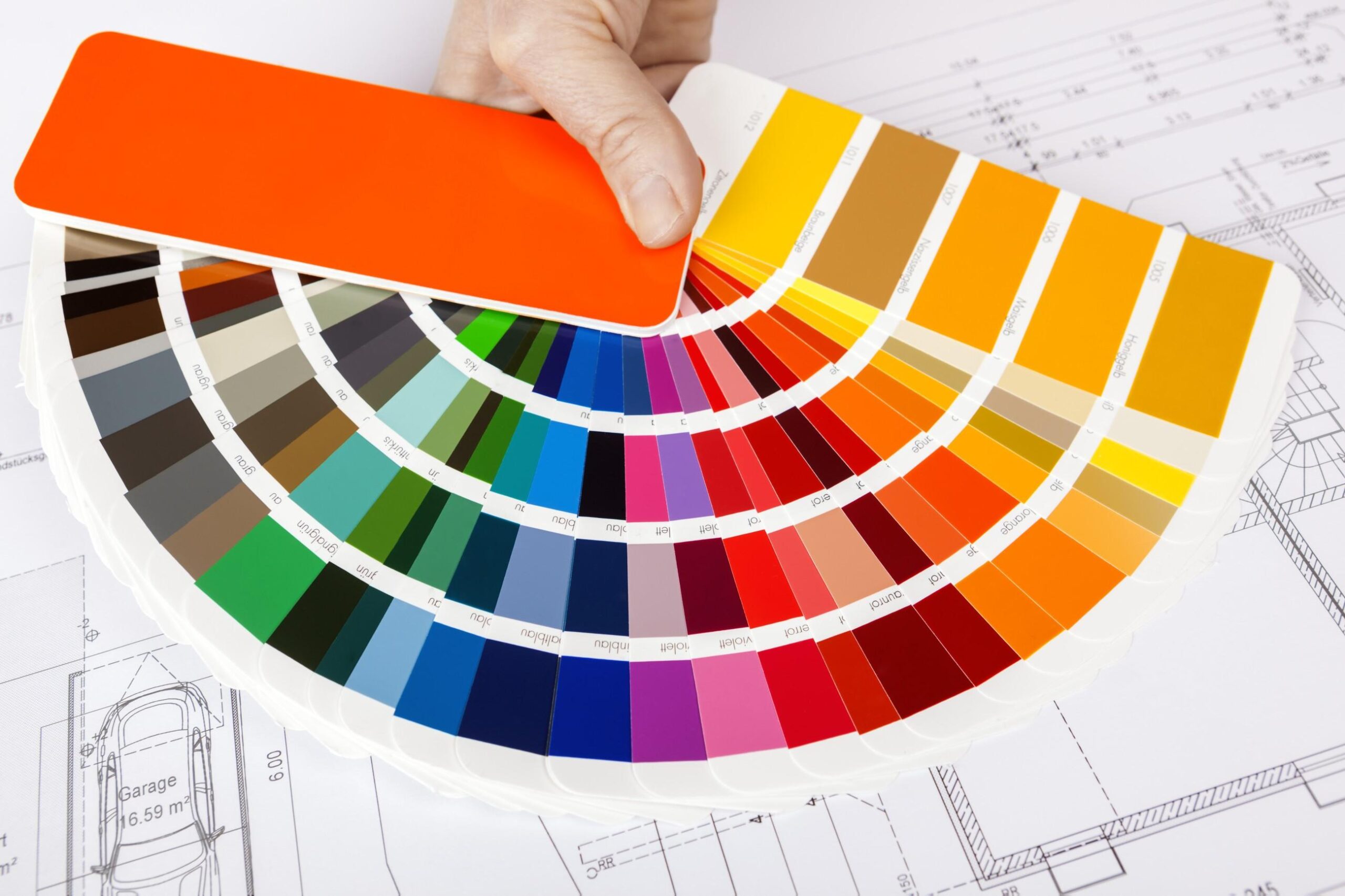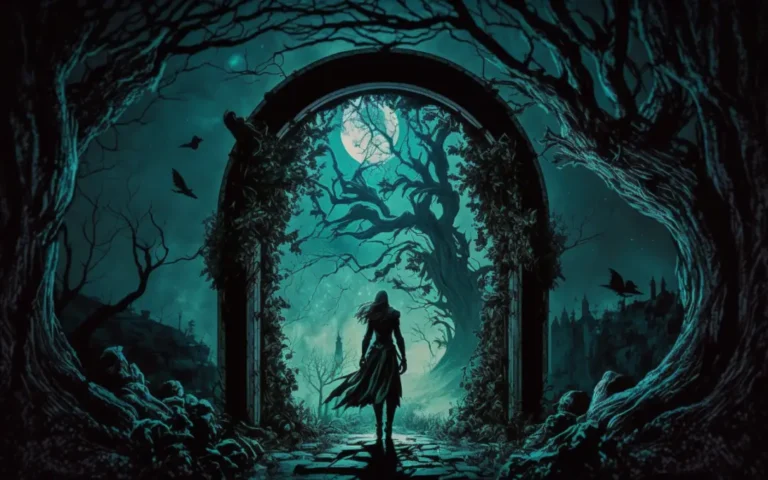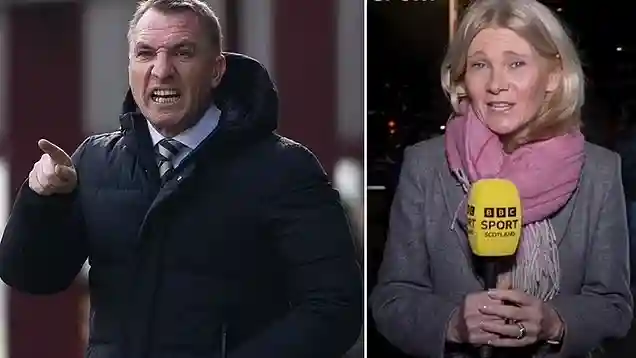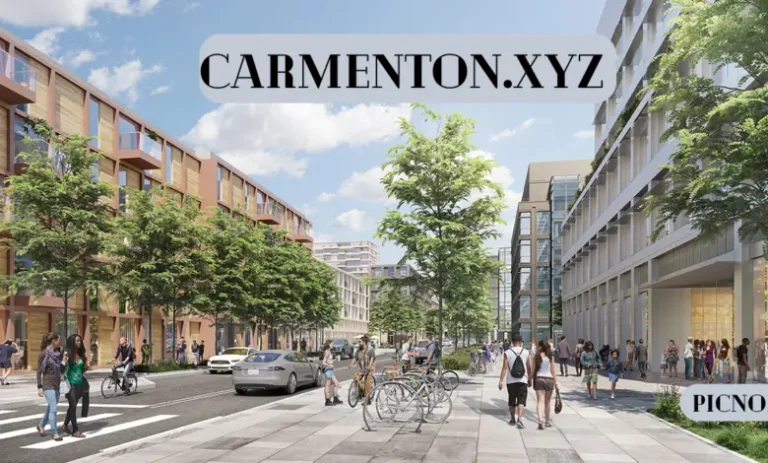7380ec: Guide to this Unique Hexadecimal Color
In the vast spectrum of digital colors, each hue has its own unique identity. Today, we’re diving deep into the world of 7380ec, a captivating shade that merges the realms of blue and purple. This comprehensive guide will explore everything you need to know about 7380ec, from its technical specifications to its practical applications in design and beyond.
What is 7380ec?
7380ec is a hexadecimal color code representing a specific shade in the color spectrum. Let’s break down what this means:
- Hexadecimal: A base-16 number system used in computing and digital color representation
- Color Code: A six-digit combination of numbers and letters that defines a precise color
- 7380ec: The unique identifier for this particular hue
Technical Breakdown of 7380ec
To truly understand 7380ec, we need to dissect its components:
- Red (73): 115 in decimal, representing the red component
- Green (80): 128 in decimal, representing the green component
- Blue (ec): 236 in decimal, representing the blue component
This combination results in a vibrant blue-purple shade with a hint of periwinkle.
The Visual Properties of 7380ec
When we look at 7380ec, several key visual characteristics stand out:
- Hue: A cool tone leaning towards the blue-violet spectrum
- Saturation: Moderately high, giving the color a vivid appearance
- Brightness: Relatively high, creating a lively and energetic feel
These properties make 7380ec a versatile color suitable for various applications in design and art.
7380ec in Different Color Models
While we’ve focused on the hexadecimal representation, 7380ec can be expressed in various color models:
- RGB: (115, 128, 236)
- HSL: (234°, 74%, 69%)
- HSV: (234°, 51%, 93%)
- CMYK: (51, 46, 0, 7)
Understanding these alternative representations can be crucial when working with 7380ec across different platforms and software.
The Psychology of 7380ec
Colors have a profound impact on human psychology, and 7380ec is no exception. This shade evokes several emotions and associations:
- Creativity: The blue-purple blend stimulates imaginative thinking
- Calmness: The cool undertones promote a sense of tranquility
- Mystery: The depth of the color suggests intrigue and wonder
- Spirituality: Purple hues often connect with spiritual or mystical concepts
Designers and marketers can leverage these psychological effects when incorporating 7380ec into their work.
7380ec in Web Design
The digital realm is where 7380ec truly shines. Let’s explore how this color can be effectively used in web design:
Accessibility Considerations
When using 7380ec in web design, it’s crucial to consider accessibility:
- Contrast:
7380ecprovides good contrast against white backgrounds, making it suitable for text and UI elements - Readability: Ensure that any text in this color is legible, especially for users with visual impairments
- WCAG Compliance: Check that the use of 7380ec meets Web Content Accessibility Guidelines
7380ec in Graphic Design
Graphic designers can find numerous applications for 7380ec:
- Logo Design: As a standout color for brand identities
- Infographics: To highlight important data points
- Marketing Materials: Creating eye-catching visuals for campaigns
- Packaging Design: Adding a touch of sophistication to product packaging
The vibrancy of 7380ec makes it an excellent choice for designs that need to capture attention.
Complementary and Analogous Colors to 7380ec
To use 7380ec effectively, it’s important to understand its relationship with other colors:
Complementary Colors
The complementary color to 7380ec is #ecdf73, a warm yellow-green shade. This pairing creates a striking contrast that can be used to:
- Draw attention to specific elements
- Create visual balance in designs
- Develop eye-catching color schemes
Analogous Colors
Analogous colors to 7380ec include:
#7373ec: A slightly more blue-toned purple#8073ec: A deeper purple shade#7380ec: Our focus color#738cec: A lighter, more blue-leaning shade#7399ec: A periwinkle blue
These colors can be used together to create harmonious and visually pleasing designs.
7380ec in Fashion and Interior Design
The versatility of 7380ec extends beyond the digital world into physical spaces:
Fashion Applications
In the world of fashion, 7380ec can make a bold statement:
- Accessories: As a pop of color in jewelry or handbags
- Clothing: In statement pieces like dresses or suits
- Footwear: Adding a unique touch to shoes or sneakers
The color’s vibrancy makes it suitable for both casual and formal wear.
Interior Design Uses
7380ec can transform interior spaces:
- Accent Walls: Creating a focal point in a room
- Furniture: As a bold choice for statement pieces
- Textiles: In curtains, pillows, or rugs to add depth to a space
- Art: As a dominant color in paintings or sculptures
When used thoughtfully, 7380ec can add energy and sophistication to any room.
The History and Cultural Significance of 7380ec
While 7380ec itself doesn’t have a specific historical context, the colors it represents—blue and purple—have rich histories:
- Blue: Associated with loyalty, trust, and stability across many cultures
- Purple: Historically linked to royalty, luxury, and power
The blend of these two colors in 7380ec carries echoes of these historical and cultural significances.
7380ec in Nature
Although 7380ec is a digital color, similar shades can be found in the natural world:
- Flowers: Certain species of iris and lavender
- Gemstones: Amethyst and tanzanite
- Sky: During twilight hours, just after sunset
- Marine Life: Some species of tropical fish
These natural occurrences of similar colors demonstrate the universal appeal of shades like 7380ec.
Technical Applications of 7380ec
Beyond design and aesthetics, 7380ec has technical applications:
Color Calibration
In color management systems, 7380ec can serve as a reference point for:
- Monitor calibration
- Printer color matching
- Digital-to-print consistency
Data Visualization
The distinctiveness of 7380ec makes it valuable in data visualization:
- Charts and Graphs: As a highlight color for important data points
- Maps: To denote specific regions or data sets
- Scientific Imaging: In false-color images to represent certain data ranges
Creating 7380ec: Color Mixing and Production
For those interested in recreating 7380ec in physical mediums:
Digital Color Mixing
In digital environments, 7380ec is created by combining:
- 45% Red
- 50% Green
- 92% Blue
Physical Color Mixing
To approximate 7380ec with paints or dyes:
- Start with a blue base
- Add a small amount of red to create a purple tone
- Adjust with white to achieve the desired brightness
Note that exact replication may be challenging due to differences in pigments and mediums.
The Future of 7380ec
As color trends evolve, what does the future hold for 7380ec?
Emerging Design Trends
- Minimalism: 7380ec could serve as a bold accent in minimalist designs
- Retro Revival: Its vibrancy fits well with nostalgic design aesthetics
- Digital Art: Likely to remain popular in digital illustrations and NFT art
Technological Advancements
As display technologies improve, we may see:
- Enhanced rendering of 7380ec on high-gamut screens
- More accurate reproduction in print and physical mediums
- Increased use in augmented and virtual reality environments
Conclusion
The color 7380ec, beyond being a simple hexadecimal code, is a dynamic and versatile hue with wide-ranging applications in fields like design, fashion, psychology, and technology. It embodies a balance of energy and sophistication, making it ideal for modern use. 7380ec highlights the creative potential within digital colors, demonstrating that even in the technical realm, there is room for creativity, emotion, and limitless possibilities.







